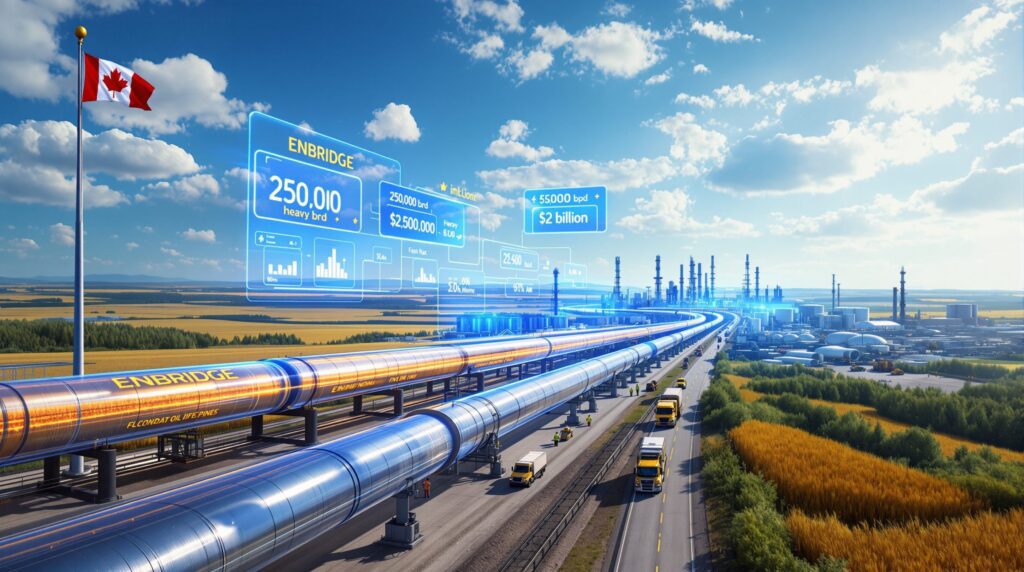
Tuesday 18th November 2025

by inAfrika Newsroom
Guinea has started exporting iron ore from the giant Simandou deposit, launching a $20 billion megaproject that combines new mines, a cross-country railway and a deep-water Atlantic port. The move marks a turning point for one of the world’s poorest nations, which has spent decades trying to unlock the high-grade resource.
Simandou holds some of the world’s largest untapped reserves of high-grade iron ore. The project now links mines in the country’s southeast to the coast through a railway of more than 650 kilometres and a purpose-built export terminal. Guinea holds minority stakes in the mines, the rail line and future steel plants tied to the scheme.
International partners, including a consortium led by Chinese firms and global miner Rio Tinto, operate different blocks of the deposit. The government paused development in 2022 to renegotiate terms and secure stronger guarantees on local content, revenues and infrastructure access before giving final approval.
High-grade iron ore attracts strong demand because steelmakers can reduce emissions and fuel use when they use better-quality feed. Simandou could shift trade flows by giving buyers an alternative to long-dominant suppliers in Australia and Brazil. For Guinea, sustained exports and shared infrastructure could boost growth, widen the tax base and support jobs in logistics, construction and services. The project may also spur new processing activity if investors build regional steel capacity instead of exporting only raw ore.
Neighbouring states see opportunities in the new corridor. The railway and port could one day carry other bulk goods, including bauxite, agricultural commodities and construction materials, if capacity allows. That prospect has drawn interest from countries seeking shorter routes to Atlantic markets.
However, environmental and social risks remain in focus. Civil society groups continue to press for strong safeguards for forests, water sources and communities along the line. They want clear evidence that resettlement, compensation and biodiversity plans match best practice and that communities share in long-term benefits.
Authorities now face the challenge of managing large and volatile revenues. Economists urge the government to strengthen fiscal rules, publish contracts and build buffers that can absorb price swings in global steel markets.
Investors will watch how quickly the project ramps up to full capacity and whether operating costs remain competitive. Success could make Simandou a template for integrated resource corridors that combine mining, transport and industrialisation across Africa. Poor execution, by contrast, would revive concerns about governance and resource dependence.
